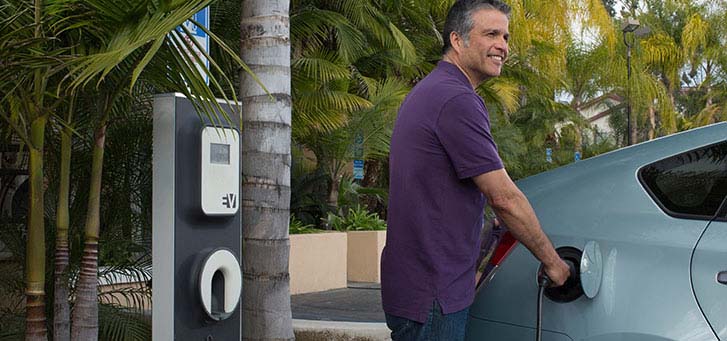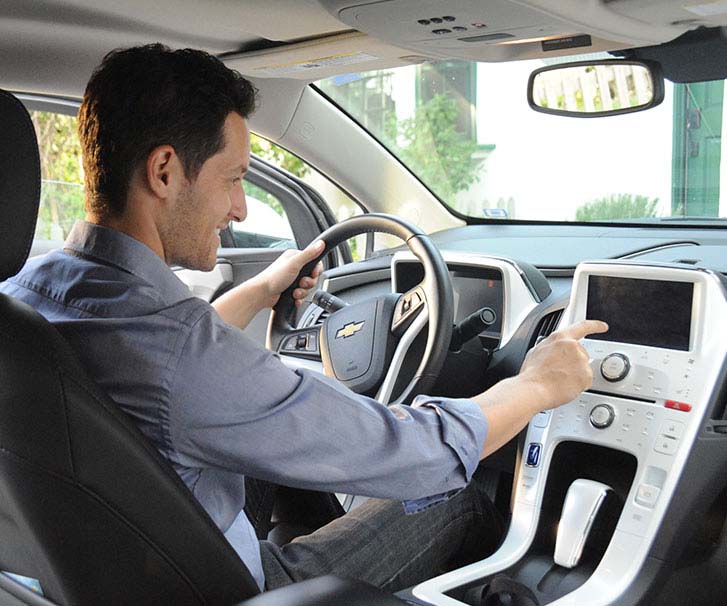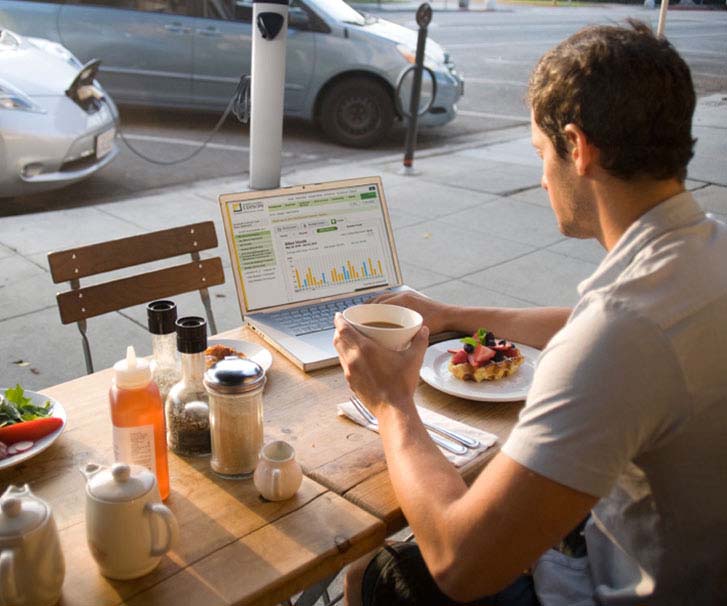
More Resources to Fuel a Smart Decision
Switching to an electric vehicle (EV) can benefit your budget and our environment. But before you move into the fast lane with your EV purchase, it’s important to have all the facts. We’ll help you understand the ins and outs, so you’ll be prepared as you shop for your EV model, get set up for home charging, and choose the right energy rate.

Plug-In Hybrid
A Plug-In Hybrid Electric Vehicle (PHEV) is a cross between a conventional hybrid electric vehicle and a purely electric vehicle. That means it has an electric motor connected to a battery and an internal combustion engine. The battery can be recharged by plugging into a regular outlet or a charging station. PHEVs use the energy stored in their battery to drive, but they can travel many more miles on gas, with a much higher fuel efficiency than most conventional vehicles.

Battery Electric Vehicle
A Battery Electric Vehicle (BEV) is 100% powered by electricity. With no reliance on gasoline, it emits fewer pollutants and you’ll never need to pull into a gas station. BEVs typically have a driving range between 80 and 250 miles, which makes them ideal for reasonable commutes and short trips.
Charging Station Locator
With more than 31,000 charging outlets and counting in the U.S., plugging in is getting easier all the time. The Charging Station Map makes it easy to find a nearby place to charge up.


This Way to Rebates & Incentives
Looking for ways to make EV ownership more affordable? You could qualify for state and federal government rebates and incentives. Check the U.S. Department of Energy’s Database of Federal and State Alternative Fuel Incentives. You can also visit the California Air Resources Board’s DriveClean site to find incentives.
Questions You Should Ask
To get the best answers, you need to ask the right questions. Here are some helpful questions to consider as you do your EV research.
Most (EVs) will charge at one of two charging levels at home.
*Charge time is influenced by electric miles driven, maximum charge rates, and battery capacity.
In the early stages, there were inconsistencies in EV charging systems. However, there is now a uniform “connector” standard for Level 1 and Level 2 charging. Most EVs currently on the market or due to launch over the next several years comply with this standard.
To charge at home, you simply need to connect your EV to your home’s energy source with a standardized connector. To charge on the road, you can plug in at many workplaces, malls and parking structures that are equipped with charging stations for your convenience.
Interested in saving money by charging at night? In addition to your current Residential Plan, we offer two EV-friendly rate plans that let you charge at a lower rate during Off-Peak and Super Off-Peak hours. For more details on our available options, check out our EV Rates page.
They are eligible for the same rate options as all other EV customers. The electricity generated from a solar energy system could help offset the EV charging costs, depending on the system’s efficiency, the weather, and other factors.
The cost of charging an EV may be significantly less than the cost of filling up at the gas pump. It works out to be about the same as paying $1 for a gallon of gas when charging during Off-Peak or Super Off-Peak hours on an SCE rate plan designed for EVs.
EV charging will increase your monthly bill. How much it goes up will depend on your electricity rate plan, your current monthly electrical use, how much EV charging occurs, and the time you charge. Keep in mind, electricity rates are higher in summer than in winter. To manage your costs, look into choosing a Time-Of-Use rate that lowers charging costs during evening, night, and morning hours, and time your electricity use accordingly.
Charging installation costs will vary significantly according to the type of installation you select (standard outlet or charging station) and any other equipment and electrical work required at your home. Charging station location and metering arrangements may also affect your initial costs.
Ready to get on your way to “fueling” your EV at home? There are several charging and installation options to fit your specific needs. To determine the right option, you’ll need to factor in your home’s structural conditions, such as meter location and how the electrical wiring is set up.
